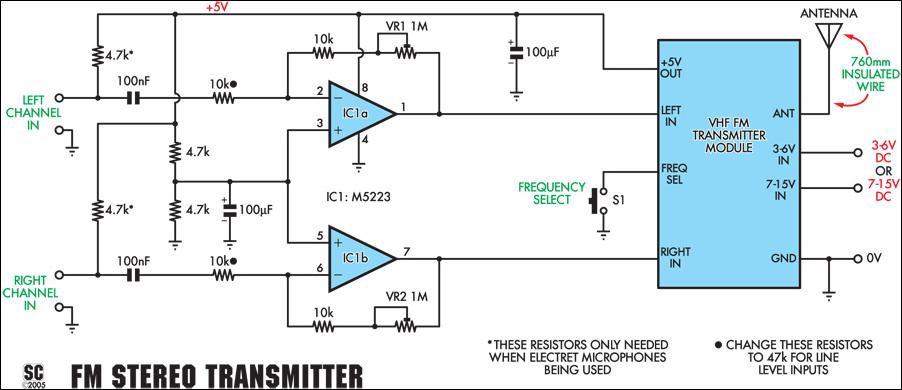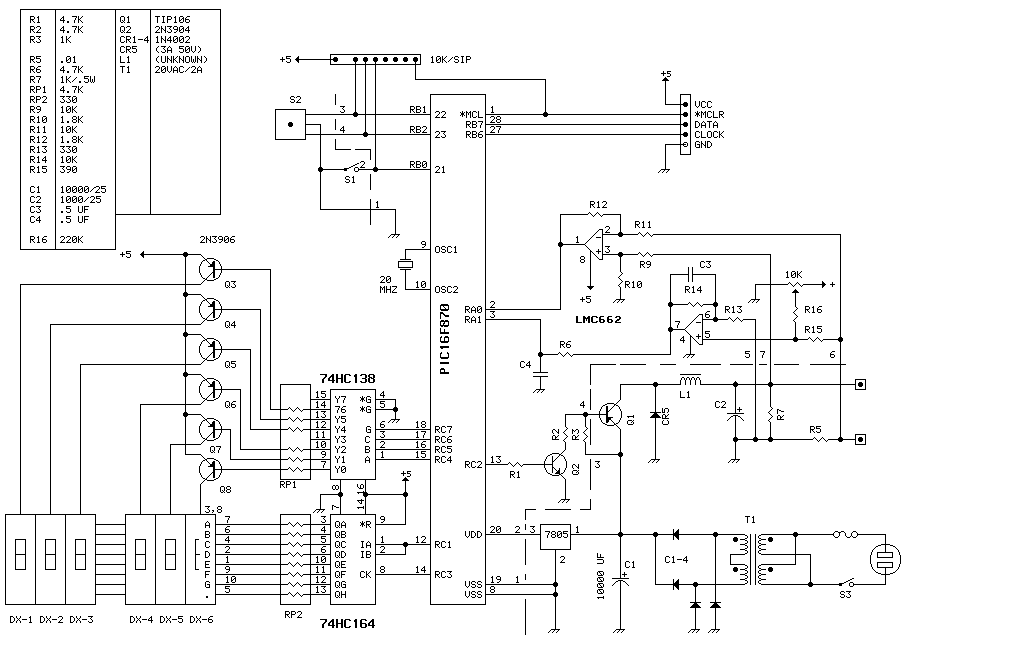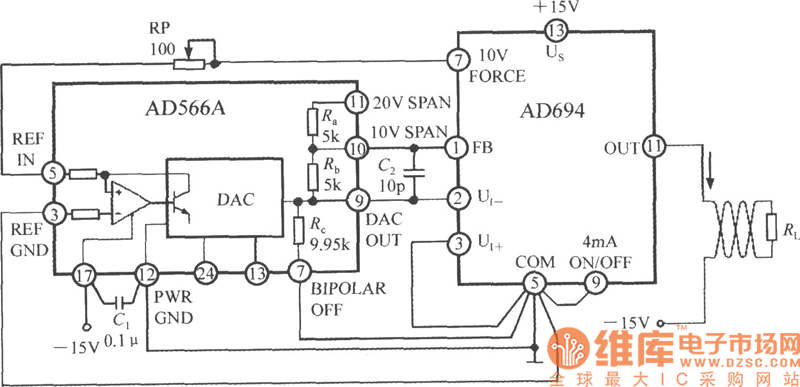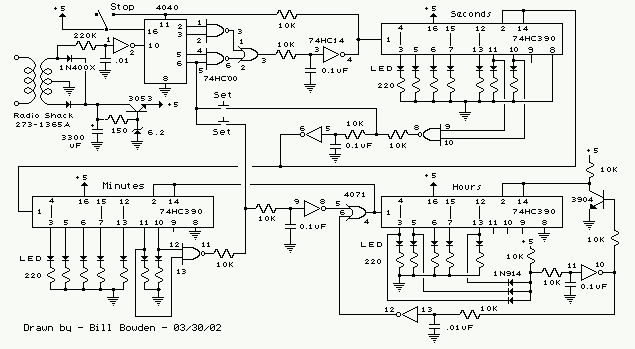
Phone Line In use LED with 2N2222
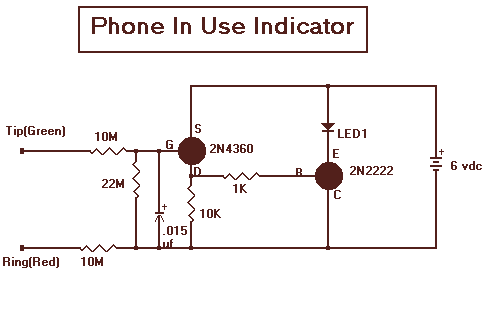
With this circuit mounted in or near every phone in the house, it will allow users to know if the phone is being used and not to pick up the phone. When a phone is taken off hook, the voltage across the tip and ring terminals drops to 10 volts or less. This will cause the FET (2N4360) to turn on and also turn on the transistor (2N2222). When the transistor turns on it will allow current to flow through the LED and make it light. A blinking LED could be used to make the effect better.
This circuit serves as a phone usage indicator, providing a visual cue when a phone is off-hook. The design utilizes a field-effect transistor (FET) and a bipolar junction transistor (BJT) to detect the change in voltage across the phone's tip and ring terminals.
The FET (2N4360) is chosen for its high input impedance, allowing it to sense the voltage drop without significantly affecting the phone's operation. When the phone is off-hook, the voltage at the tip and ring terminals falls below 10 volts, which activates the FET. This activation leads to the conduction of current through the FET, which subsequently triggers the BJT (2N2222).
The BJT is configured in a common-emitter arrangement, where its base is connected to the FET's drain. Once the BJT turns on, it allows a larger current to flow from the collector to the emitter, powering the LED. The LED serves as the visual indicator, illuminating to signal that the phone is in use.
For enhanced visibility, a blinking LED can be incorporated by adding a simple timer circuit or using a 555 timer IC in astable mode. This modification would create a pulsing effect, making the indicator more noticeable.
Overall, this circuit provides a straightforward and effective solution for indicating phone usage, utilizing common electronic components that are readily available. Proper attention to component ratings and connections is essential to ensure reliable operation within the household environment.With this circuit mounted in or near every phone in the house, it will allow users to know if the phone is being used and not to pick up the phone. When a phone is taken off hook, the voltage across the tip and ring terminals drops to 10 volts or less.
This will cause the FET (2N4360) to turn on and also turn on the transistor (2N2222). When the transistor turns on it will allow current to flow through the LED and make it light. A blinking LED could be used to make the effect better. 🔗 External reference
This circuit serves as a phone usage indicator, providing a visual cue when a phone is off-hook. The design utilizes a field-effect transistor (FET) and a bipolar junction transistor (BJT) to detect the change in voltage across the phone's tip and ring terminals.
The FET (2N4360) is chosen for its high input impedance, allowing it to sense the voltage drop without significantly affecting the phone's operation. When the phone is off-hook, the voltage at the tip and ring terminals falls below 10 volts, which activates the FET. This activation leads to the conduction of current through the FET, which subsequently triggers the BJT (2N2222).
The BJT is configured in a common-emitter arrangement, where its base is connected to the FET's drain. Once the BJT turns on, it allows a larger current to flow from the collector to the emitter, powering the LED. The LED serves as the visual indicator, illuminating to signal that the phone is in use.
For enhanced visibility, a blinking LED can be incorporated by adding a simple timer circuit or using a 555 timer IC in astable mode. This modification would create a pulsing effect, making the indicator more noticeable.
Overall, this circuit provides a straightforward and effective solution for indicating phone usage, utilizing common electronic components that are readily available. Proper attention to component ratings and connections is essential to ensure reliable operation within the household environment.With this circuit mounted in or near every phone in the house, it will allow users to know if the phone is being used and not to pick up the phone. When a phone is taken off hook, the voltage across the tip and ring terminals drops to 10 volts or less.
This will cause the FET (2N4360) to turn on and also turn on the transistor (2N2222). When the transistor turns on it will allow current to flow through the LED and make it light. A blinking LED could be used to make the effect better. 🔗 External reference
